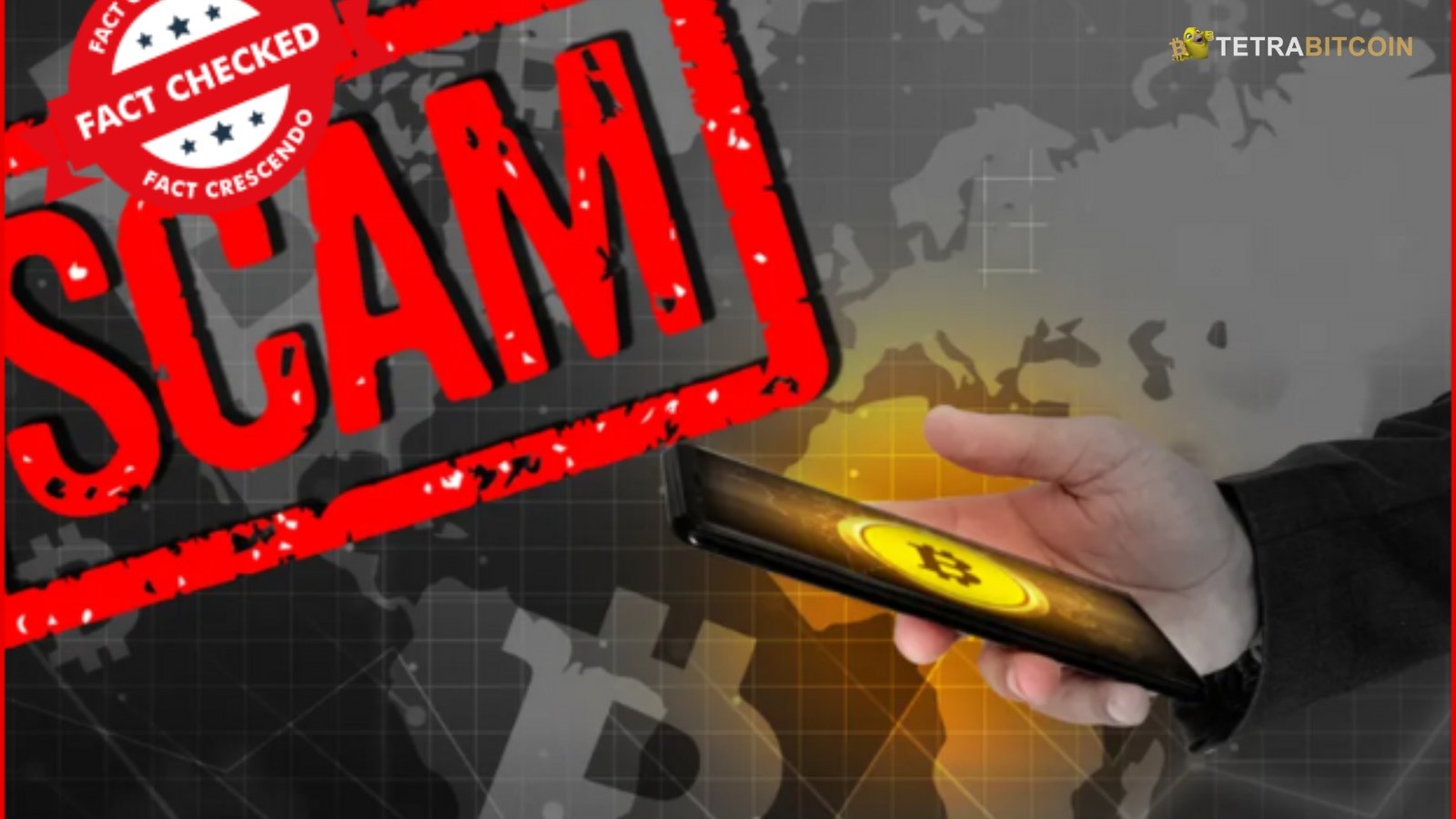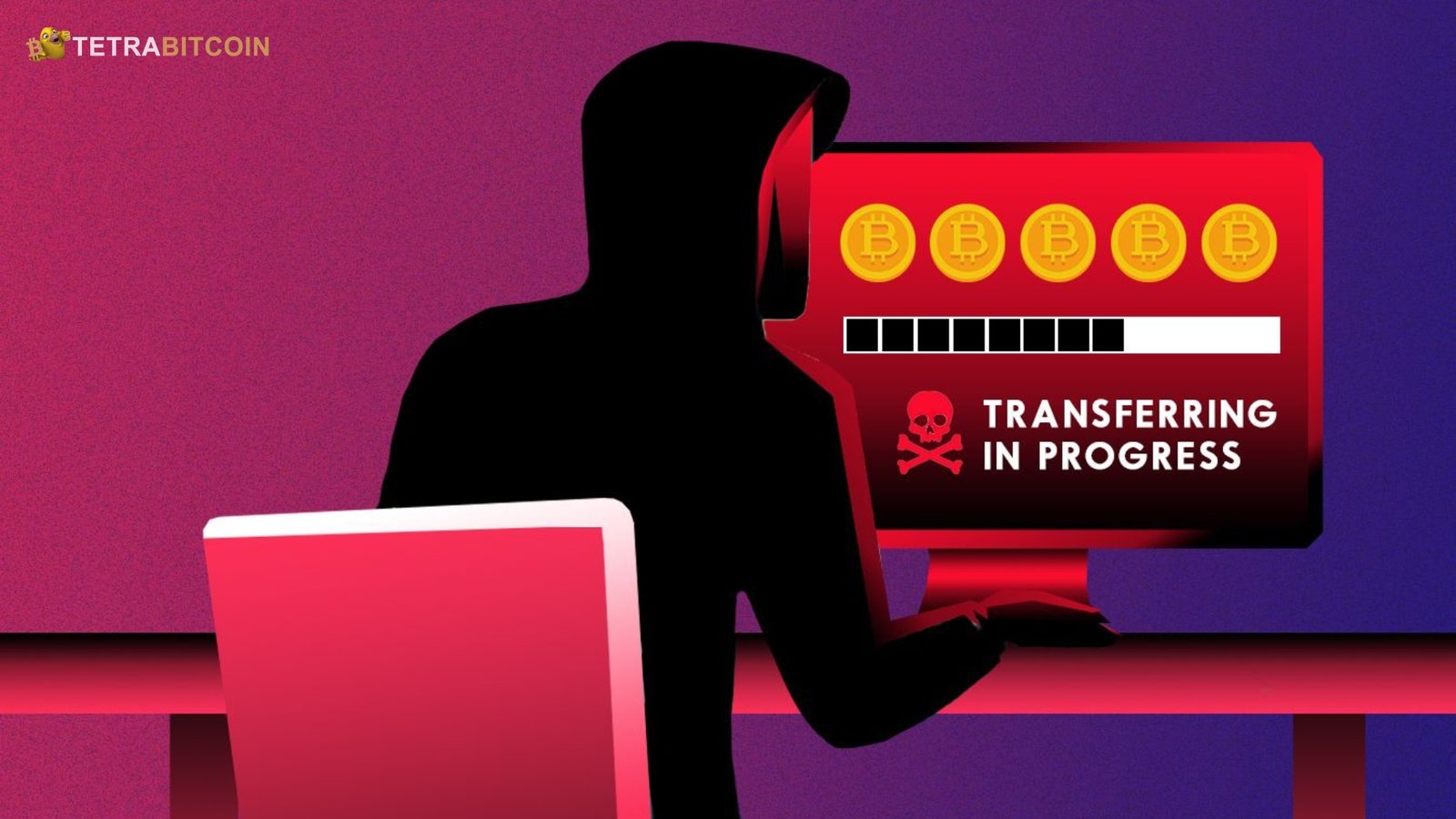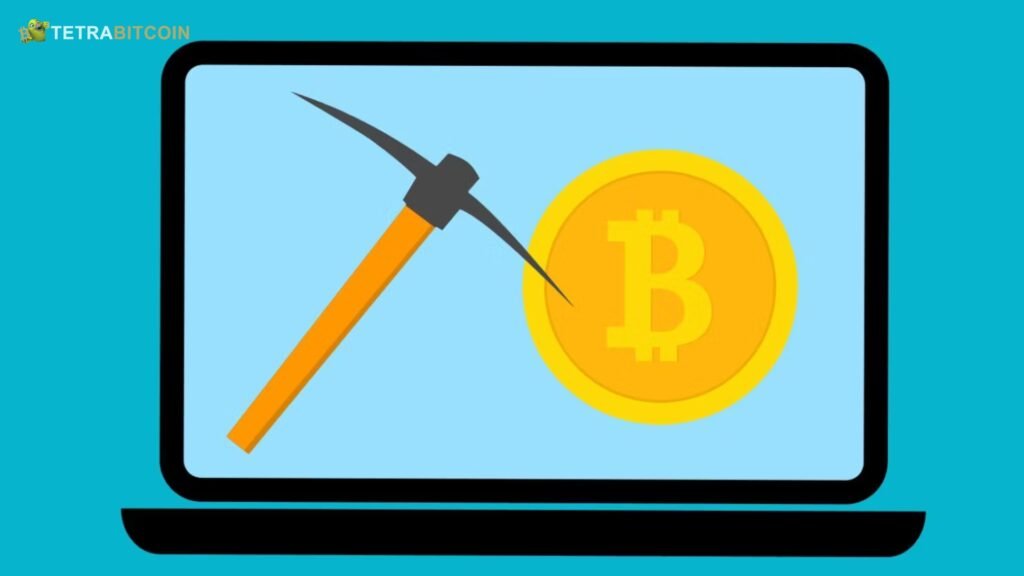Bitcoin Mining Email Scam: The complexity of Bitcoin mining email scams has grown in recent years, with the promise of easy riches and quick wealth being used to lure victims. As Bitcoin and other cryptocurrencies have grown in acceptance and use as financial vehicles, they have also caught the eye of scammers seeking to take advantage of the ignorant. This post will explain how Bitcoin mining email scams work. The strategies con artists utilise and the steps you may take to avoid falling victim.
What is Bitcoin Mining?
Before understanding the scam, it’s important to grasp the basics of Bitcoin mining. Bitcoin mining is a process by which transactions are verified and added to the blockchain, the decentralized ledger that records all Bitcoin transactions. Miners use powerful computers to solve complex mathematical problems, and in return, they are rewarded with newly minted Bitcoins. This process requires significant computational power, energy, and investment in hardware. Mining operations can be lucrative but are not a get-rich-quick scheme.
Anatomy of a Bitcoin Mining Email Scam
A Bitcoin mining email scam typically begins with an unsolicited email. These emails can vary in tone and style but usually share common themes. The scam aims to deceive the recipient into handing over sensitive personal information, sending money, or unknowingly installing malware that can further compromise their data. Here are some of the common characteristics of these emails:
Promises of High Returns
Many scam emails promise potential victims enormous profits from Bitcoin mining. These emails often claim that you can make a significant amount of money with little or no effort, which is one of the first red flags. Legitimate Bitcoin mining requires substantial investment and technical knowledge, making it far from a “passive income” endeavour.
Fake Investment Opportunities
Some emails might offer exclusive “investment opportunities” related to Bitcoin mining. These scams might claim to be from a reputable company, promising that if you invest a certain amount, they will mine Bitcoin on your behalf, and you’ll receive a share of the profits. These scammers often create fake websites or landing pages that look legitimate but are designed to steal your money.
Impersonating Well-Known Companies
In many cases, scammers will impersonate well-known companies or even prominent figures in the crypto industry. For example, an email might appear from a reputable Bitcoin mining company or an individual like Elon Musk, offering “exclusive opportunities.” These companies and figures have nothing to do with the scam.
Urgency and Pressure
Scammers often pressure recipients to act quickly, using phrases like “limited-time offer” or “only a few spots left.” This prevents you from thinking critically about the offer and conducting your research. The goal is to get you to act impulsively by sending money or clicking on a malicious link.
Malware and Phishing Links
Many Bitcoin mining email scams contain malicious links that can lead to phishing websites or download malware onto your device. Once you click on a link, you may be asked to provide sensitive information, such as your crypto exchange or wallet login credentials, which the scammer can use to steal your funds.
Blackmail Tactics
Another variation of the scam involves blackmail. You may receive an email claiming that the scammer has hacked your device and obtained compromising information, such as sensitive photos or browsing history. In exchange for not releasing the information, they will demand a ransom, often in Bitcoin. This is a common scam tactic; in most cases, the scammer has no such information.
Real-World Examples of Bitcoin Mining Email Scams
Fake Cloud Mining Services
Cloud mining allows individuals to join Bitcoin without owning or maintaining the physical hardware. Instead, they can rent mining power from a remote data centre. While legitimate cloud mining services exist, scammers have heavily exploited this sector.
For example, scammers may send emails promoting fake cloud mining platforms that promise guaranteed returns. After enticing victims to send funds to “rent” mining equipment, the scammer disappears, leaving the victim with nothing. These schemes are often difficult to trace, and once the Bitcoin is sent, it’s almost impossible to recover.
Phishing Emails
In one high-profile case, scammers impersonated the crypto exchange Binance, sending out phishing emails that appeared to be legitimate. The emails instructed recipients to click a link and log in to their accounts to address “security concerns.” Once users entered their credentials, the scammers used that information to access their accounts and steal their funds.
Ransomware Emails
Another common type of Bitcoin mining scam involves ransomware. Scammers send mass emails claiming they have installed malware on your device and been monitoring your activity. They demand a ransom, usually in Bitcoin, to prevent them from releasing compromising information to your contacts or social media. These threats are usually baseless, but the fear of exposure causes many people to pay the ransom.
How to Spot a Bitcoin Mining Email Scam
While Bitcoin mining email scams can vary in their execution, several telltale signs can help you recognize a scam:
- Unsolicited Emails: If you receive an email about Bitcoin mining out of the blue, especially if you’ve never expressed interest in the subject, it’s likely a scam. Be cautious of any unsolicited offers.
- Too-Good-to-Be-True Promises: Any email promising guaranteed profits or easy money from Bitcoin mining is a major red flag. Legitimate investments always carry risk, and mining, in particular, requires significant resources and technical expertise.
- Poor Grammar and Spelling: Many scam emails contain spelling mistakes, awkward phrasing, or poor grammar. While not all scams are poorly written, these errors can indicate that the email is not from a legitimate source.
- Suspicious Links: Always hover over links in an email before clicking on them. If the URL looks suspicious or doesn’t match the domain of a legitimate company, it’s best to avoid it.
- Urgency and Pressure: Scammers often use tactics that create a sense of urgency, pushing you to act quickly without giving you time to think. Be wary of any email that pressures you to act immediately.
What to Do If You Receive a Bitcoin Mining Scam Email
If you receive an email that you suspect is a scam, there are several steps you can take to protect yourself:
- Do Not Engage: Do not respond to the email, click on any links, or download any attachments. Engaging with the scammer in any way could compromise your security.
- Report the Email: Most email providers have a “Report Phishing” or “Report Spam” option. Reporting the email helps prevent the scammer from targeting other potential victims.
- Delete the Email: Delete it from your inbox after reporting it. Keeping the email in your inbox could pose a risk if you accidentally click on a malicious link later.
- Run a Security Scan: If you click on any links or download any attachments, it’s essential to run a security scan on your device to check for malware. Use a trusted antivirus program to identify and remove any threats.
- Monitor Your Accounts: If you provide any personal information, such as login credentials, immediately change your passwords and monitor your accounts for any suspicious activity. Consider enabling two-factor authentication (2FA) for added security.
Conclusion
Bitcoin mining email scams are a growing threat in the digital age, exploiting the complexity and allure of cryptocurrencies to deceive victims. By understanding the tactics used by scammers and being vigilant about unsolicited emails, you can protect yourself from falling victim to these schemes. Remember that if something seems too good to be true, it probably is. Staying informed and cautious is the best defence against these scams.

